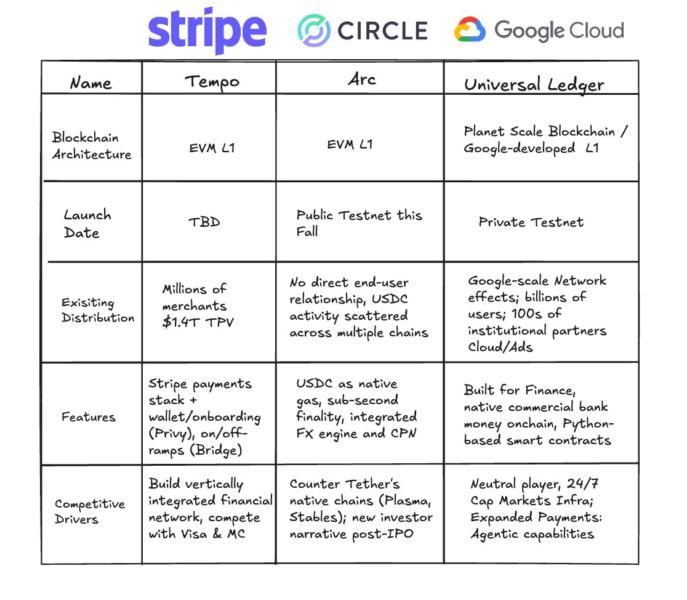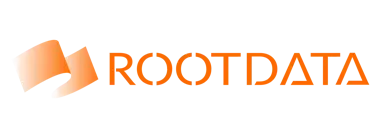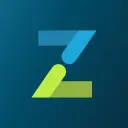Google outlines plans for ‘Universal Ledger’ amid race for institutional blockchains
Cointelegraph
Aug 28, 2025 05:44:45


Google Cloud’s head of Web3 strategy used a LinkedIn post to share new details on the company’s in-development layer-1 blockchain, the Google Cloud Universal Ledger (GCUL).
Rich Widmann described the blockchain as the result of “years of R&D at Google,” designed to be credibly neutral and compatible with Python-based smart contracts.
According to Widmann, GCUL is meant to serve as an open infrastructure layer for financial institutions. “Tether won’t use Circle’s blockchain — and Adyen probably won’t use Stripe’s blockchain,” he said, suggesting that Google’s network reported neutrality could help broaden adoption.
Stripe and Circle are also betting on layer-1 blockchains. Circle recently unveiled Arc, an open network optimized for stablecoin finance, while Stripe is developing a stealth project code-named Tempo in partnership with crypto venture firm Paradigm.
According to a chart shared by Widmann, while Stripe is leaning on its $1.4 trillion payments network and Circle is centering Arc on USDC, Google Universal Ledger will be a “planet-scale” blockchain with billions of users and bank-grade functionality.
Google Cloud expects to publish more technical details about the blockchain “in the coming months,” Widmann said.
Google Cloud has been expanding into blockchain technology since at least 2018, when it added Bitcoin data to its Big Query warehouse and later extended support to Ethereum and more than a dozen other networks.
The push accelerated in 2022 with the launch of a dedicated Web3 division, which has since led partnerships with firms like Coinbase, Polygon and Solana.
Google Cloud tests Universal Ledger with CME
The Chicago Mercantile Exchange (CME) Group is currently working with Google Cloud to test the Universal Ledger for tokenization and payments.
The collaboration was disclosed in March, when the companies announced a pilot to test tokenized asset settlement and wholesale payment systems — though the specific assets were not revealed, and full market participant trials are set to begin in 2026.
At the time, CME chairman and CEO Terry Duffy said the Universal Ledger could “deliver significant efficiencies for collateral, margin, settlement and fee payments as the world moves toward 24/7 trading.”
By securing a pilot with CME, which posted record revenue of $1.7 billion in Q2 2025 on average daily volumes of 30.2 million contracts, Google is targeting the core plumbing of global finance.
The latest update from Google about its L1 comes amid a broader wave of tech and fintech firms developing their own blockchains.
Plasma, a startup backed by Tether-linked investors, announced in February plans to build a settlement-focused layer-1 for USDt after raising $24 million.
In June, Robinhood launched tokenized US stocks and ETFs for its European customers. The tokens are currently issued on Arbitrum, but the company plans to migrate them to its own native layer‑2 blockchain in the future.
Magazine: TradFi is building Ethereum L2s to tokenize trillions in RWAs — Inside story
Latest News
Cointelegraph
Aug 28, 2025 06:44:06
Cointelegraph
Aug 28, 2025 06:35:09
CoinMarketCal
Aug 28, 2025 06:00:16
CoinMarketCal
Aug 28, 2025 06:00:16
CoinMarketCal
Aug 28, 2025 06:00:15











